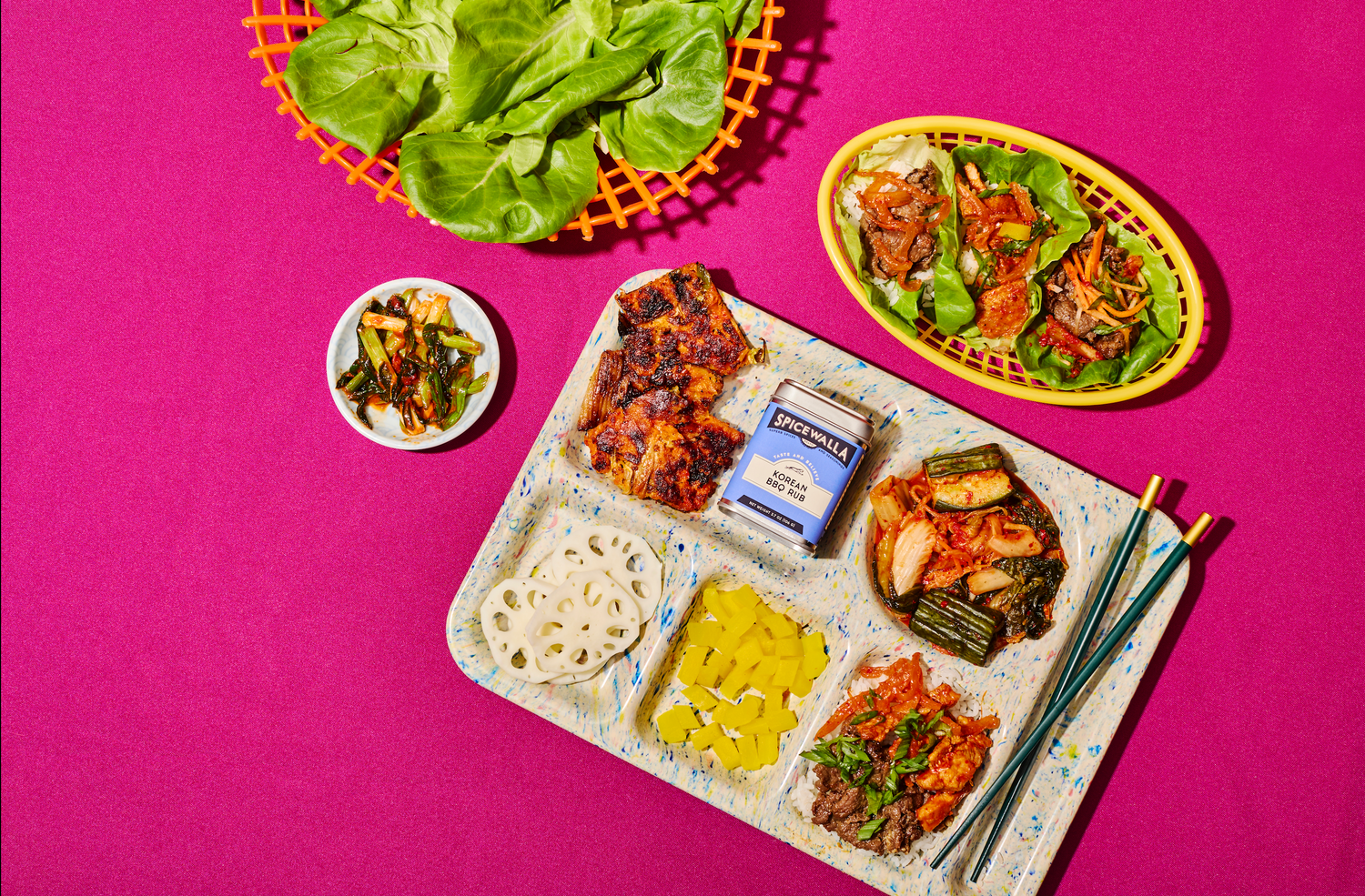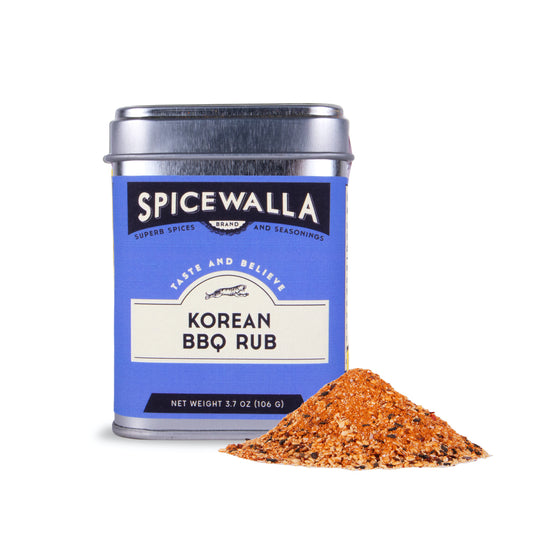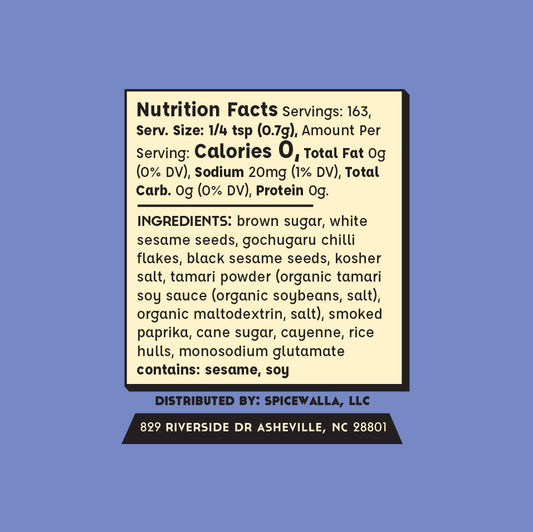Korean BBQ (also called Gogi-gui) can find roots going back to the Goguryeo Dynasty in 37 BCE and then another notable resurgence during the Joseon Dynasty (1392-1897) which made KBBQ popular among the rich folks in the royal court. Certain techniques can also be attributed to a nomadic group called the Yemaek in Central Asia. They brought pre-seasoned meats with them on treks, which was a pretty innovative process at the time.
When you’re getting ready for a modern KBBQ experience, expect thinly sliced meats like bulgogi aka “fire meat” in Korean. Usually consisting of sirloin, ribeye, tenderloin, short rib, and sometimes pork, or chicken. The key here is to marinate these meats in a wet, rich blend of aromatic ingredients. Then you’ve gotta prep that meat! Most pros say the tick is to partially or fully freeze the meat, then to slice it while it’s more solid. It’ll create a delicate, almost paper thin cut that’ll really soak up the marinade with all that surface area.
The sauces that folks traditionally use to marinate these different cuts vary occasionally, but they are generally based on a few key ingredients, usually made up of some ratio and combination of sesame oil, soy sauce (or tamari), sugar, garlic, and scallion. The low-key chef and Korean grandmother-approved essential secret fresh ingredient is Asian pear. The special enzyme found in this beautiful and functional fruit helps tenderize tougher cuts of meat but still keeps them firm and delicious when thinly sliced and grilled.
At most KBBQ restaurants you’ll have your tongs, scissors or shears for cutting the proteins, soju, and banchan (we’ll learn about those in a second)! Everyone in the party grills everything themselves on a communal cooking grate for the table - except for the banchan because those will stay delightfully chilled or room-temp. You decide how well done you’d like your meat, slice the super-marinated, tender morsels with the shears, and start building your bite.
This is where banchan joins the chat. Banchan literally translates to “side dish” in Korean, but some of these lil snacks really are delicious enough to be a main course. They’re usually vegetarian bites like kimchi, japchae noodles, tofu sheets, steamed egg, pickled radishes or cucumber, jeon fritter pancakes, and perilla or lettuce leaves. Historically these banchan are vegetarian because most folks practicing Buddhism avoided eating any meat, so veggie snacks became wildly popular and stunningly creative. Served on small individual plates, these tiny dishes look really stunning, and are a feast for the eyes before they ever hit your tastebuds. Now take some freshly grilled meat, a little leaf of perilla, some Ssamjang sauce, and a crunchy piece of kimchi… and that’s KBBQ heaven.
Our Korean BBQ Rub blend is inspired by the KBBQ experience, and was designed to be as beautiful, delicious, and versatile in your kitchen as possible. Brown sugar, white sesame seeds, Gochugaru chilli flakes, black sesame seeds, kosher salt, tamari powder, smoked paprika, cane sugar, cayenne, and Monosodium Glutamate make the perfect base for a marinade, dry rub, or topping! Obviously delicious on alllll of the meats, but we also recommend tossing it onto steamed broc, spooning it into crispy ground pork for lettuce wraps, or sprinkling it onto Korean rice balls (jumeok-bap). We’re so in love, and we can’t wait for you to be too.
When you’re getting ready for a modern KBBQ experience, expect thinly sliced meats like bulgogi aka “fire meat” in Korean. Usually consisting of sirloin, ribeye, tenderloin, short rib, and sometimes pork, or chicken. The key here is to marinate these meats in a wet, rich blend of aromatic ingredients. Then you’ve gotta prep that meat! Most pros say the tick is to partially or fully freeze the meat, then to slice it while it’s more solid. It’ll create a delicate, almost paper thin cut that’ll really soak up the marinade with all that surface area.
The sauces that folks traditionally use to marinate these different cuts vary occasionally, but they are generally based on a few key ingredients, usually made up of some ratio and combination of sesame oil, soy sauce (or tamari), sugar, garlic, and scallion. The low-key chef and Korean grandmother-approved essential secret fresh ingredient is Asian pear. The special enzyme found in this beautiful and functional fruit helps tenderize tougher cuts of meat but still keeps them firm and delicious when thinly sliced and grilled.
At most KBBQ restaurants you’ll have your tongs, scissors or shears for cutting the proteins, soju, and banchan (we’ll learn about those in a second)! Everyone in the party grills everything themselves on a communal cooking grate for the table - except for the banchan because those will stay delightfully chilled or room-temp. You decide how well done you’d like your meat, slice the super-marinated, tender morsels with the shears, and start building your bite.
This is where banchan joins the chat. Banchan literally translates to “side dish” in Korean, but some of these lil snacks really are delicious enough to be a main course. They’re usually vegetarian bites like kimchi, japchae noodles, tofu sheets, steamed egg, pickled radishes or cucumber, jeon fritter pancakes, and perilla or lettuce leaves. Historically these banchan are vegetarian because most folks practicing Buddhism avoided eating any meat, so veggie snacks became wildly popular and stunningly creative. Served on small individual plates, these tiny dishes look really stunning, and are a feast for the eyes before they ever hit your tastebuds. Now take some freshly grilled meat, a little leaf of perilla, some Ssamjang sauce, and a crunchy piece of kimchi… and that’s KBBQ heaven.
Our Korean BBQ Rub blend is inspired by the KBBQ experience, and was designed to be as beautiful, delicious, and versatile in your kitchen as possible. Brown sugar, white sesame seeds, Gochugaru chilli flakes, black sesame seeds, kosher salt, tamari powder, smoked paprika, cane sugar, cayenne, and Monosodium Glutamate make the perfect base for a marinade, dry rub, or topping! Obviously delicious on alllll of the meats, but we also recommend tossing it onto steamed broc, spooning it into crispy ground pork for lettuce wraps, or sprinkling it onto Korean rice balls (jumeok-bap). We’re so in love, and we can’t wait for you to be too.




2 comments
Hi Ginny,
Thank you again for the great question!
Right now our current recipes for Korean BBQ (and Ranch Seasoning) includes small amounts of Monosodium Glutamate (MSG). We are very grateful for your support and understanding, and will be sure to share your supportive feedback with our team for consideration. In the meantime, we do offer many other mouth-watering BBQ inspired blends, such as the Sweet Hickory BBQ Rub, Hot Honey BBQ Rub, Blackening Rub, and Piri Piri, just to name a few – which are all MSG-free. Please let us know if you have any other questions about our sweet & spicy selection and we will be happy to help!
Sincerely,
Your Friends at Spicewalla
A question about the monosodium glutamate.
Do you sell any of this spice without the monosodium glutamate?
Unfortunately, this additive causes migraines and must be avoided in our house.